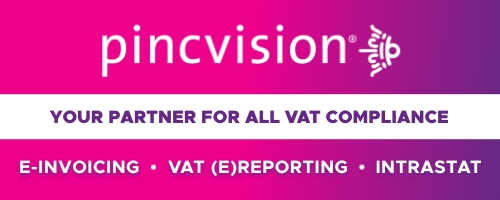Find out what HMRC considers as good practice in relation to VAT accounting and compliance processes.
Purpose, scope and audience (part 1)
- Purpose and Scope: The guidelines are for UK VAT-registered businesses using invoice accounting. They provide HMRC’s recommended approach to help businesses plan, carry out, and review their VAT accounting and compliance processes to ensure accurate VAT declaration.
- Controls and Compliance: The guidelines highlight business systems and processes impacting VAT compliance, including sales, purchases, and VAT return preparation. They recommend using Making Tax Digital (MTD) compliant software and additional control points to reduce VAT errors. Businesses should tailor these controls to their complexity and scale.
- Audience and Expectations: These guidelines are useful for VAT and tax managers, finance and IT professionals, senior management, VAT specialists, and agents. They emphasize collaboration across business areas to reduce VAT errors, and businesses should refer to technical manuals for specific details.
General approach to VAT compliance controls (part 2)
- Establishing a Tax Control Framework: These guidelines help UK VAT-registered businesses using invoice accounting to establish a robust tax control framework. This involves identifying and assessing tax risks and implementing effective controls to mitigate those risks, especially in areas such as sales, purchases, employee expenses, and VAT reporting.
- Good Practices and Risk Management: HMRC outlines good practices for VAT accounting and compliance, emphasizing the importance of risk management, control design, and documentation. Businesses should regularly review and update their processes, use automated tools where appropriate, and ensure all control activities are well-documented and performed by trained staff.
- Specific Areas and Controls: The guidelines cover specific areas like order to cash, procure to pay, and outsourcing, providing control points to reduce VAT errors. They also stress the need for cooperation across business areas to align objectives and improve VAT compliance, with a focus on maintaining accurate master data and ensuring proper data input, transmission, and output.
Order to cash (part 3)
- Objective and Scope of O2C: The Order-to-Cash (O2C) process aims for the timely, complete, and accurate recording of transactions and payments to ensure correct VAT calculation and reporting. It involves managing B2B customer orders from sales, fulfilment, billing, to financial recording, with controls applicable to both goods and services transactions.
- Key Controls and Practices: The guidelines specify control points for various stages of the O2C process, such as sales orders, goods dispatch, service delivery, tax invoices, self-billed invoices, and credit/debit notes. These controls aim to minimize errors, ensure accurate VAT application, and maintain compliance with VAT regulations.
- Risk Management and Automation: Larger organizations are encouraged to automate the O2C workflow using ERP systems, with manual overrides subject to strict controls. The guidelines emphasize the importance of risk management, regular reviews, and clear documentation to ensure effective VAT compliance and accurate financial reporting.
Source gov.uk
Latest Posts in "United Kingdom"
- Isle of Wight NHS Trust vs HMRC: VAT Exemption Dispute on Locum Medical Practitioners
- HMRC Guidance: How to correct VAT errors and make adjustments or claims (VAT Notice 700/45)
- Supreme Court Decision Mandates Prudential to Pay VAT on £9.3 Million Success Fees
- UK Supreme Court Rules on VAT Grouping and Time of Supply in Prudential Case
- High Court Rules in Favor of Hotelbeds UK on Input Tax Recovery Without VAT Invoices















